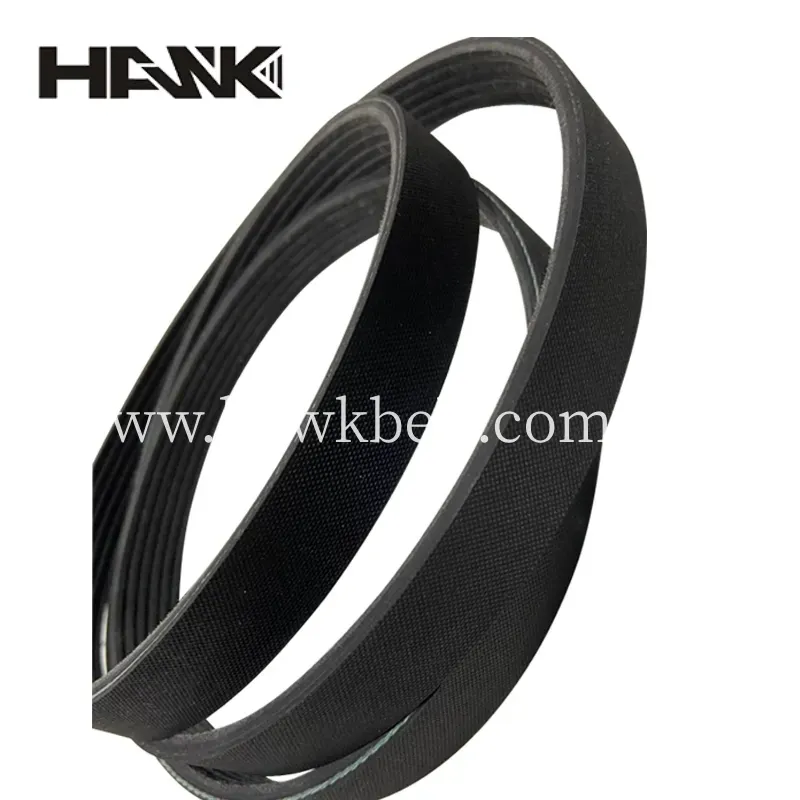- Arabic
- French
- Russian
- Spanish
- Portuguese
- Turkish
- Armenian
- English
- Albanian
- Amharic
- Azerbaijani
- Basque
- Belarusian
- Bengali
- Bosnian
- Bulgarian
- Catalan
- Cebuano
- Corsican
- Croatian
- Czech
- Danish
- Dutch
- Afrikaans
- Esperanto
- Estonian
- Finnish
- Frisian
- Galician
- Georgian
- German
- Greek
- Gujarati
- Haitian Creole
- hausa
- hawaiian
- Hebrew
- Hindi
- Miao
- Hungarian
- Icelandic
- igbo
- Indonesian
- irish
- Italian
- Japanese
- Javanese
- Kannada
- kazakh
- Khmer
- Rwandese
- Korean
- Kurdish
- Kyrgyz
- Lao
- Latin
- Latvian
- Lithuanian
- Luxembourgish
- Macedonian
- Malgashi
- Malay
- Malayalam
- Maltese
- Maori
- Marathi
- Mongolian
- Myanmar
- Nepali
- Norwegian
- Norwegian
- Occitan
- Pashto
- Persian
- Polish
- Punjabi
- Romanian
- Samoan
- Scottish Gaelic
- Serbian
- Sesotho
- Shona
- Sindhi
- Sinhala
- Slovak
- Slovenian
- Somali
- Sundanese
- Swahili
- Swedish
- Tagalog
- Tajik
- Tamil
- Tatar
- Telugu
- Thai
- Turkmen
- Ukrainian
- Urdu
- Uighur
- Uzbek
- Vietnamese
- Welsh
- Bantu
- Yiddish
- Yoruba
- Zulu
ágú . 06, 2024 08:01 Back to list
Understanding the Importance and Functionality of Positive Drive Belts in Modern Machinery Systems
Understanding Positive Drive Belts Function, Benefits, and Applications
In the world of mechanical engineering and automotive design, drive systems play a crucial role in the efficient functioning of machinery. Among various types of drive systems, positive drive belts have gained prominence due to their reliability, versatility, and efficiency. This article explores the fundamental aspects of positive drive belts, their benefits, and their applications in different industries.
What is a Positive Drive Belt?
A positive drive belt, commonly known as a timing belt or synchronous belt, is a looped band made of rubber or a composite material that connects two or more rotating shafts in an engine or machinery. Unlike conventional V-belts that rely on friction to transmit power, positive drive belts operate on a positive engagement principle through teeth or grooves that interlock with corresponding pulleys. This design ensures that the belt maintains a fixed position relative to the pulleys, providing precise timing and synchronization of connected components.
Functionality
The primary function of a positive drive belt is to transmit rotational power from one component to another while minimizing slippage. This capability is particularly important in applications where timing is critical, such as in internal combustion engines, where the belt synchronizes the crankshaft and camshaft. Proper synchronization ensures that the engine’s valves open and close at the correct times, thereby optimizing performance and preventing engine damage.
Moreover, positive drive belts are designed to operate quietly and efficiently, reducing vibrations and energy losses compared to other belt types. Their construction allows for operation in various environmental conditions, including high temperatures and exposure to oil or chemicals, enhancing their durability and reliability.
Benefits of Positive Drive Belts
positive drive belt

2. Low Maintenance Positive drive belts typically require less maintenance compared to chains or gear systems. Their construction allows for less wear over time, making them a cost-effective solution for long-term use.
3. Efficiency These belts offer high efficiency in power transmission with minimal energy loss. This efficiency is particularly valuable in reducing fuel consumption and lowering operational costs.
4. Noise Reduction Positive drive belts operate more quietly than traditional belts, making them suitable for applications where noise reduction is essential.
5. Versatility From automotive engines to industrial machinery, positive drive belts are used in a wide range of applications, making them a versatile choice for various sectors.
Applications
The application of positive drive belts extends across multiple industries. In the automotive sector, they are primarily used in timing applications, ensuring the proper synchronization of engine components. Additionally, they are used in various machinery, such as conveyors, textile machines, and robotic systems, where accurate timing and reliable power transmission are required.
In the manufacturing sector, positive drive belts are integral to automated production lines, where they facilitate the movement and operation of machinery with precision. Their ability to handle heavy loads while maintaining efficiency makes them indispensable in these environments.
Conclusion
In summary, positive drive belts are a fundamental component in modern machinery and automotive engines, offering numerous advantages, including precision, low maintenance, and efficiency. Their ability to operate in diverse applications further cements their importance in various industries. As technology continues to advance, the role of positive drive belts is likely to expand, paving the way for more innovative applications and solutions in mechanical engineering. Understanding their functionality and benefits is essential for anyone involved in the design and maintenance of mechanical systems.
-
Korean Auto Parts Timing Belt 24312-37500 For Hyundai/Kia
NewsMar.07,2025
-
7PK2300 90916-T2024 RIBBED BELT POLY V BELT PK BELT
NewsMar.07,2025
-
Chinese Auto Belt Factory 310-2M-22 For BMW/Mercedes-Benz
NewsMar.07,2025
-
Chinese Auto Belt Factory 310-2M-22 For BMW/Mercedes-Benz
NewsMar.07,2025
-
90916-02660 PK Belt 6PK1680 For Toyota
NewsMar.07,2025
-
drive belt serpentine belt
NewsMar.07,2025

